Кастинг е високоефективен и прецизен производствен процес, при който разтопеният метал се инжектира в стоманена форма под високо налягане. Той е широко използван за създаване на сложни метални компоненти, които са трудни или скъпи за машини чрез конвенционални методи. въпреки това, Успехът на всеки проект за леене на матрици зависи до голяма степен от качеството на дизайна. Добре обмисленият дизайн осигурява структурна цялост, минимизира дефектите, намалява разходите, и повишава производството.
Тази статия предоставя изчерпателно ръководство за Съвети за дизайн на кастинг, подчертаване на критични променливи, които всеки инженер и дизайнер трябва да вземе предвид при разработването на части за този процес.
Основни съображения за дизайна на кастинг на матрици
Проектирането на ефективна част от дюшета изисква балансиране на множество фактори. Ето най -важните съображения:
Избор на материал
Умиращата може да се извърши с различни сплави, като например:
Алуминий (лек, устойчиви на корозия)
Цинк (висока течност, подходящ за сложни части)
Магнезий (най -лекият структурен метал)
Всяка сплав има различни свойства като свиване, топлинна проводимост, и течност, Всички те засягат дизайнерските решения като дебелина на стената, радиуси на филе, и изисквания за охлаждане.
Дизайн на матрицата
Матрицата трябва да е достатъчно силна, за да издържа на високо налягане и температура, без да се изкривява. Точната обработка на матрицата осигурява размерена последователност във всеки цикъл.
Изхвърляне и ядра
Частите трябва да бъдат проектирани за лесно изхвърляне, за да се избегне повреда и да се намали времето за цикъл. Основните дизайни също трябва да позволяват лесно отстраняване, без да залепват или изкривяват частта.
Функционалност
Умиращи части, използвани при високо натоварване или критични приложения (напр., автомобилен, космическото пространство) изискват специфични подкрепления и допустими отклонения в сравнение с козметични или леки приложения.
Най -добрите съвети за дизайн за леене на матрици - ключови променливи
Филета и радиуси
Филетата и радиусите са от решаващо значение за премахване на остри ъгли, Намалете концентрациите на напрежение, и подобряване на металния поток.
Съвети:
Избягвайте остри вътрешни ъгли
Използвайте радиус от поне 1 мм (По-големи в зоните с висок стрес)
Прилагайте последователни радиуси през целия дизайн
Включете ъглите на черновата (обикновено 1–3 °) За да помогнете отчасти отстраняването
Дебелина на стената
Дебелината на стената влияе на времето за охлаждане, налягане на леене, и общо тегло на частта. Поддържането на еднаква дебелина на стената предотвратява проблеми като порьозност и изкривяване.
Препоръчителна минимална дебелина на стената:
| Материал | Малки части (мм) | Големи части (мм) |
| Алуминий | 1.016 | 2.032 |
| Цинк | 0.381 | 0.889 |
| Магнезий | 1.016 | 2.540 |
Избягвайте резки промени в дебелината на стената, за да предотвратите горещи точки и кухини за свиване.
Ребра и външни ъгли
Ребрата се добавят за укрепване на тънки стени, без значително увеличаване на теглото. Външните ъгли се нуждаят от внимателно внимание, за да избегнат натрупването на стрес.
Съвети:
Приоритизирайте поставянето на ребрата на най -тънките секции
Поддържайте равномерно разстояние на ребрата
Избягвайте остри външни ъгли; използвайте щедри радиуси вместо това
Дебелината на реброто трябва да е около 50–60% от дебелината на стената
Прозорци и дупки
Windows (изрези) и дупките често се изискват за сглобяване, въздушен поток, или спестявания на материали, но те могат да отслабят част, ако не са проектирани правилно.
Съвети:
Закръглете всички краища на дупки и изрези
Дръжте функциите далеч от ъглите и зоните за носене на товари
Прилагайте щедри ъгли на черновата върху дупки от странична стена
Избягвайте ненужното след обработката, когато е възможно
Функции след обработване
Някои геометрии като нишки, подбивания, или отворите за толерантност може да се нуждаят от след обработката, което добавя време и цена.
Насоки за проектиране:
Дръжте минимум след обработката
Дизайнерски функции за лесен достъп до инструменти
Използвайте ядра, за да избегнете вторична обработка, когато е възможно
Задайте реалистични отклонения, за да избегнете ненужен скрап
Линии за разделяне
Разделни линии са видимите шевове, при които се срещат две половини. Тяхното местоположение влияе както на функциите, така и на външния вид.
Съвети:
Поставете линии за раздяла в по -малко видими райони
Избягвайте да ги поставяте върху функционални повърхности
Очаквайте някаква светкавица, която трябва да бъде премахната при след обработката
Балансирайте естетическите изисквания с производителност
Степен на покритие на повърхността
Частите от отливане имат различни нива на довършване въз основа на крайната си употреба. Всяка класа е балансираща цена, външен вид, и функционални изисквания.
| Степен | Име | Типичен случай на използване | Качество на покритието |
| 1 | Степен на полезност | Вътрешни или защитени компоненти | ⭐ |
| 2 | Функционална степен | Спот, боядисани части | ⭐⭐ |
| 3 | Търговска степен | Структурна и полукосметична употреба | ⭐⭐⭐ |
| 4 | Потребителски клас | Видими повърхности, добър външен вид | ⭐⭐⭐⭐ |
| 5 | Превъзходен клас | Естетична или уплътняваща употреба от висок клас | ⭐⭐⭐⭐⭐ |
Изберете най -ниската необходима оценка, за да сведете до минимум разходите, докато отговаряте на функционалните нужди.
Услуги за кастинг на ВЪРХОВЕ
В TOPS Precision, Ние предлагаме висока точност Услуги за кастинг за алуминий, магнезий, и цинкови сплави. Нашият екип ви подкрепя от дизайн до производство, Предлагане на експертни съвети относно избора на материали, Стратегии за намаляване на разходите, и оптимални методи на производство.
Как да започнете:
Изпратете вашия CAD файл до нас по имейл
Получавайте незабавна оферта с материали и опции за количество
Коригирайте дизайна си онлайн, за да оцените възможностите за спестяване на разходи
Дали имате нужда прототипи или Производствени части, TOPS ви помага да постигнете висококачествени резултати с ефективно време за изпълнение и контрол на разходите.
Заключение
Проектирането за кастинг е както технически, така и творчески процес. Като се има предвид правилната дебелина на стената, филета, Ребра, ъгли на чернова, и опции за довършителни работи, Можете драстично да подобрите работата на вашата част и да намалите производствените разходи. Помня, Успехът на проекта за леене на матрици се крие в детайлите - така че използвайте тези съвети, за да направите следващия си дизайн по -умен и по -ефективен.
За надеждни услуги за кастинг, Материална експертиза, и дизайнерска обратна връзка, Tops е вашият надежден партньор.
Прочетете повече:
Допустими отклонения при CNC обработка
Опции за довършване на повърхността
Мета заглавие:
Съвети за дизайн за леене на матрици: Най -добри практики за функционални & Рентабилни части
Мета описание:
Разгледайте съвети за дизайн на кастинг на експерт, включително филета, дебелина на стената, Ребра, след обвързване, и повърхностно завършване. Научете как да оптимизирате вашите части с прецизност на върховете.
Предложени ключови думи:
Съвети за дизайн на кастинг
алуминиево леене под налягане
дебелина на стената за леене на матрица
Функции след обработване
Дизайн на ребрата в леене на матрици
ъгли на чертовата в кастинга

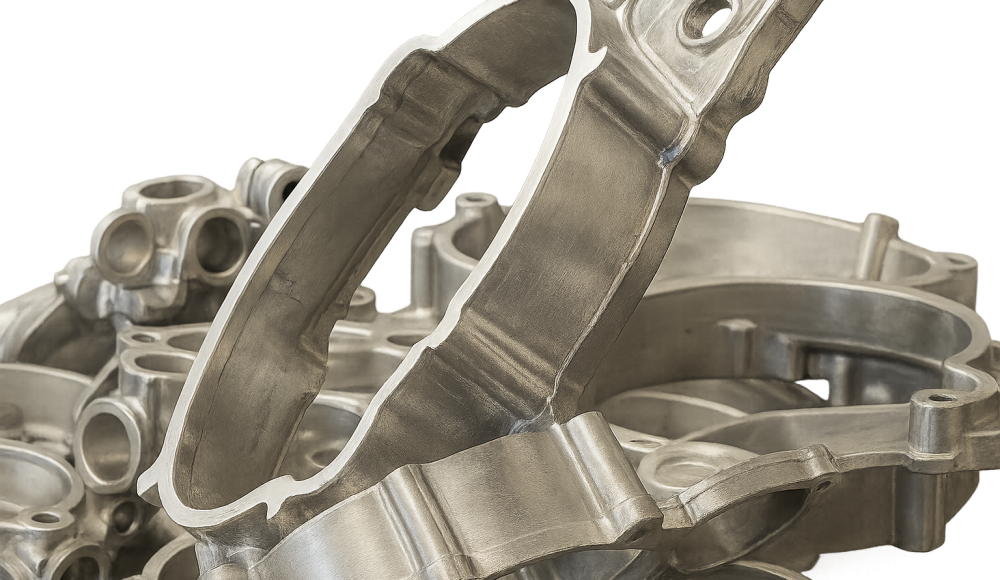
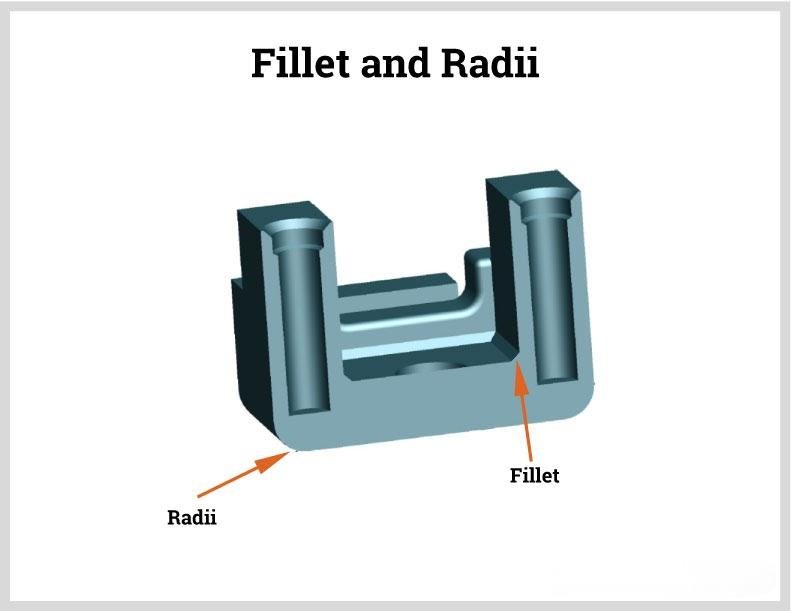
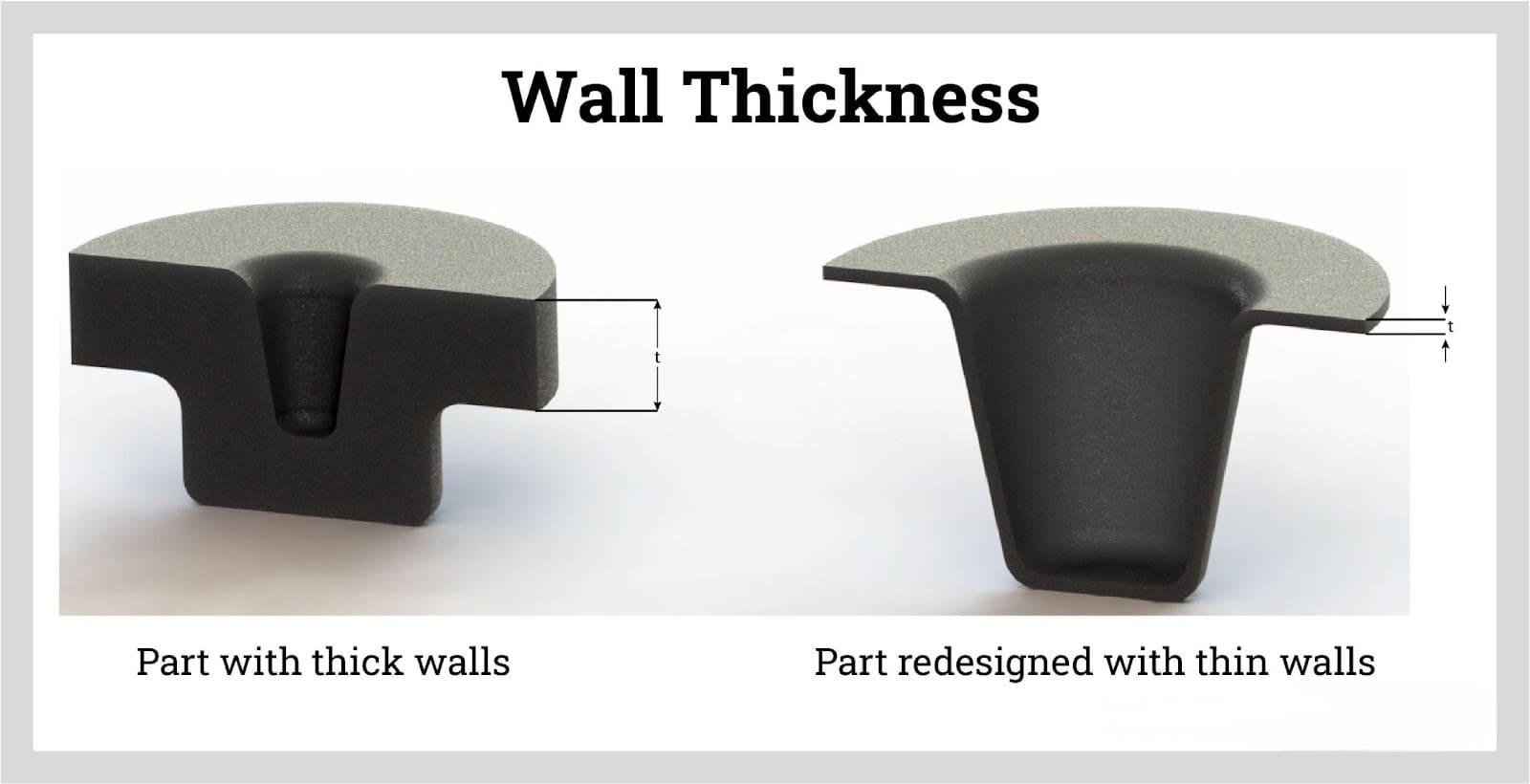
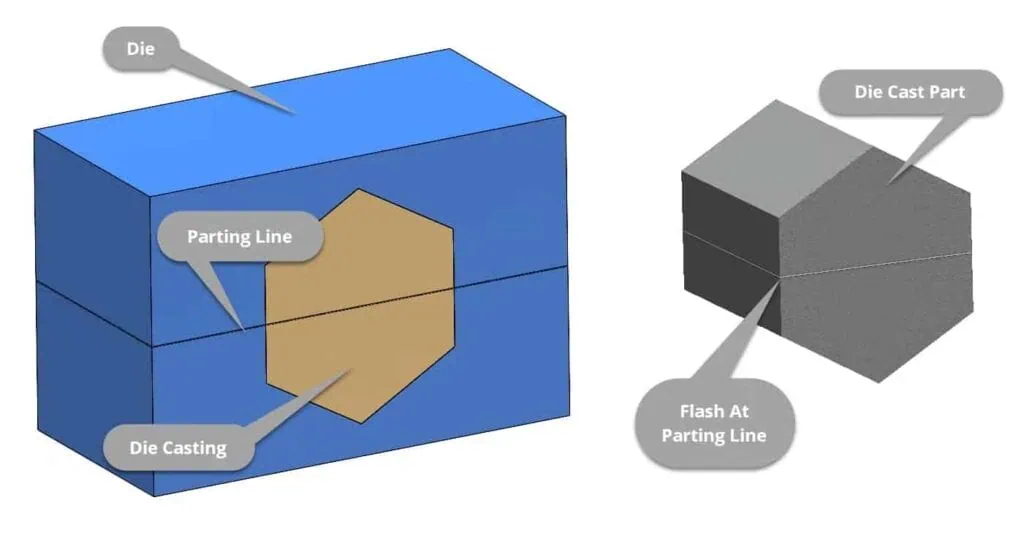
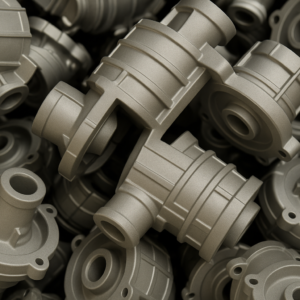
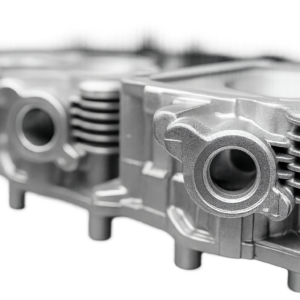
2 мисли за "Съвети за дизайн за леене на матрици: Пълно ръководство за оптимизирани части”